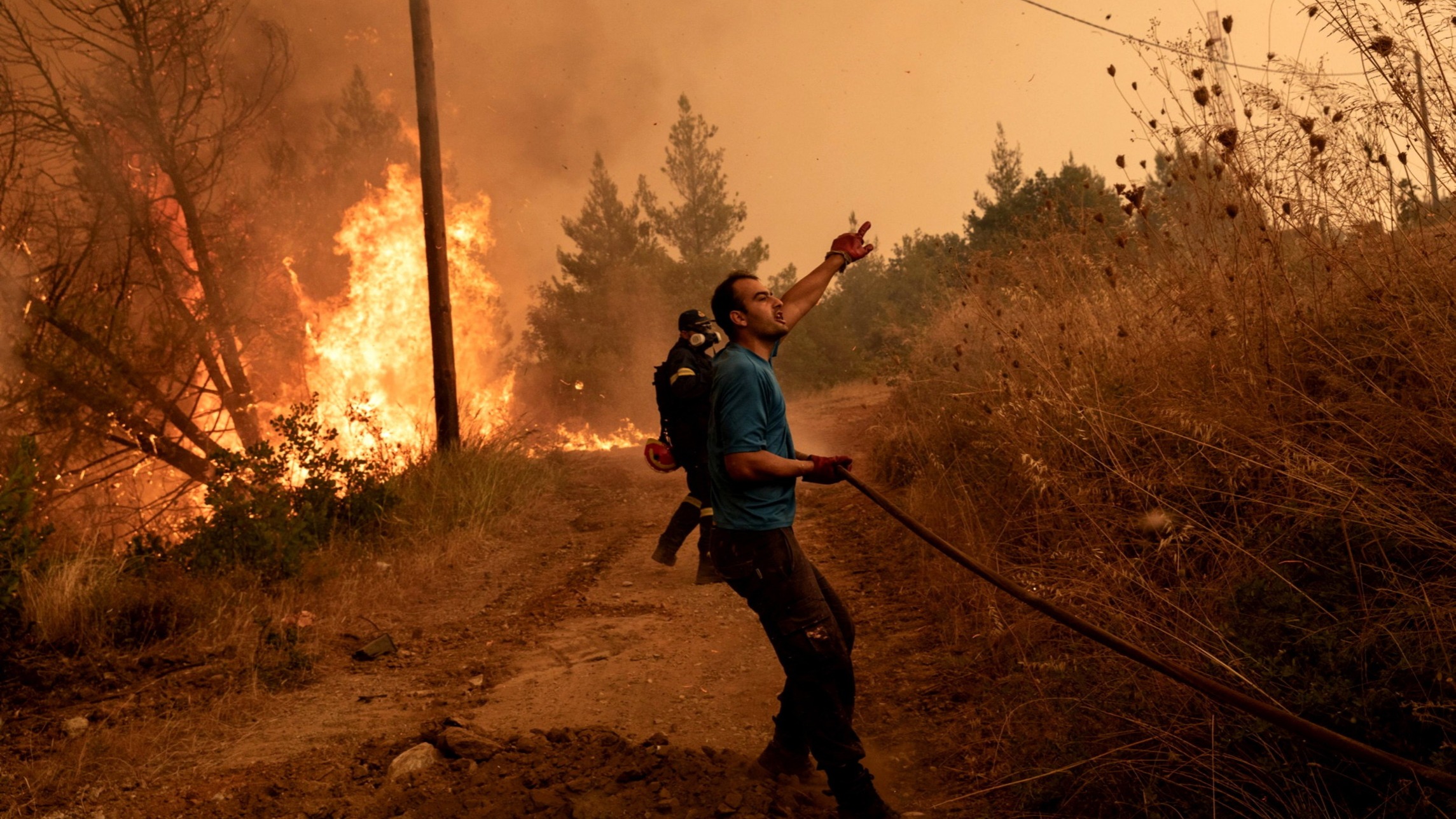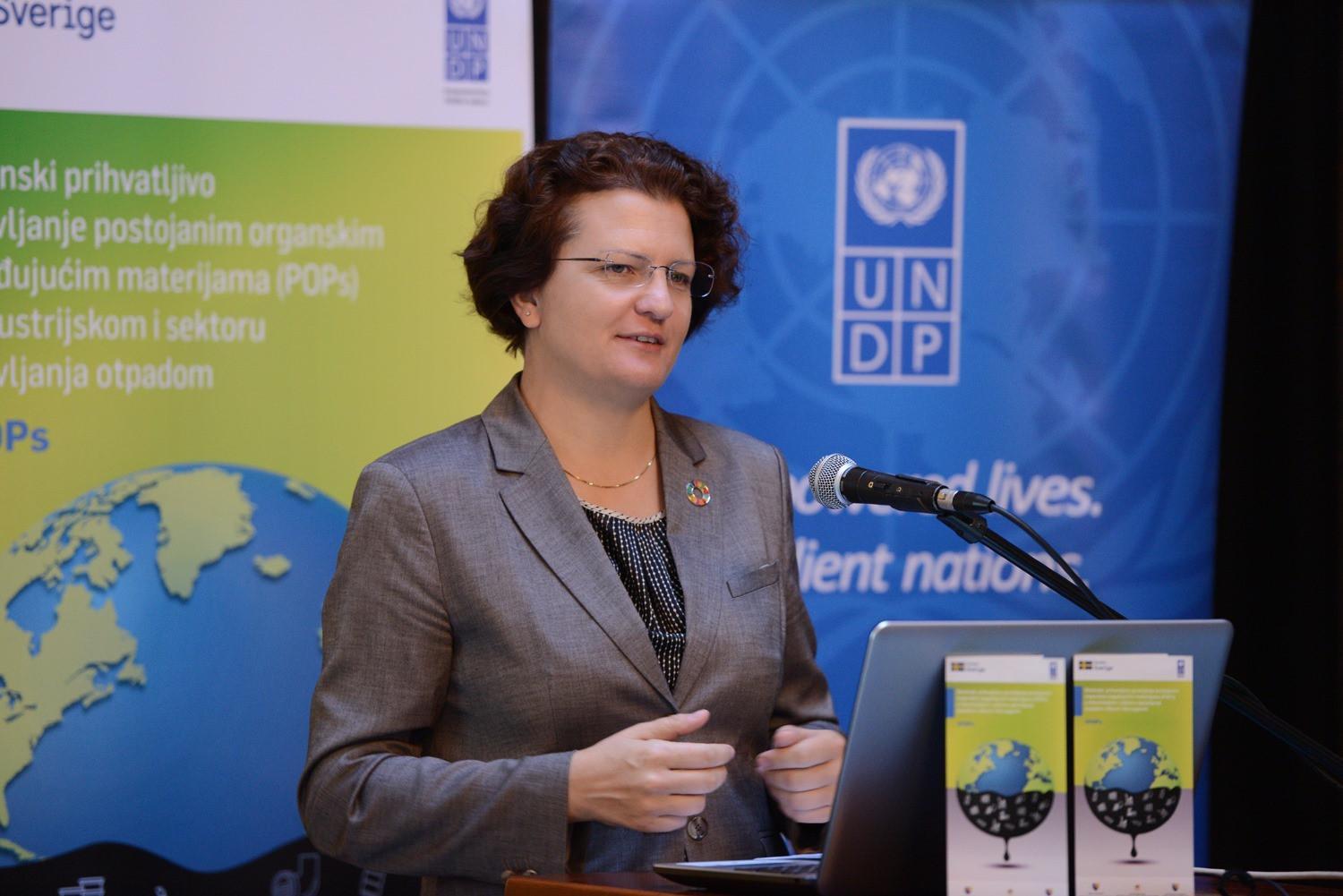Governments urged to reduce climate disaster risks to avert ‘spiral of uninsurability’ – Sustainable Views

EU Catastrophe Risk Framework and Alignment with Sustainable Development Goals
A report by the non-profit organization Finance Watch has called for significant enhancements to a proposed European Union framework for managing catastrophe risk. Citing a surge in climate-driven economic losses, the report emphasizes that current proposals must be expanded to address the root causes of climate change, directly aligning with the objectives of the Sustainable Development Goals (SDGs), particularly SDG 13 (Climate Action). The initiative follows a joint proposal from the European Insurance and Occupational Pensions Authority (EIOPA) and the European Central Bank (ECB) aimed at closing the insurance protection gap for natural catastrophes, a critical step for achieving SDG 11 (Sustainable Cities and Communities) by making settlements more resilient.
Analysis of the Proposed Two-Pillar Solution
The initial proposal from EIOPA and the ECB is structured around a two-pillar solution designed to distribute the financial burden of natural disasters more effectively across the bloc.
Pillar One: Public-Private Reinsurance Scheme
The first pillar proposes an EU-wide public-private reinsurance scheme. The primary objective is to expand insurance coverage by sharing disaster risks across member states. This approach embodies the principles of SDG 17 (Partnerships for the Goals) by fostering collaboration between public and private sector entities to build financial resilience against climate-related shocks.
Pillar Two: Public Disaster Response Fund
The second pillar suggests establishing an EU fund for public disaster response. This fund would assist in covering the costs of rebuilding public infrastructure following extreme weather events. This directly supports the targets of:
- SDG 9 (Industry, Innovation, and Infrastructure): By focusing on the restoration and upgrading of resilient infrastructure.
- SDG 11 (Sustainable Cities and Communities): By ensuring the rapid recovery of essential public services and infrastructure in affected regions.
Finance Watch Report: A Call for Enhanced Climate Investment
While acknowledging the EU’s initiative, the Finance Watch report warns that the two-pillar solution primarily redistributes ever-increasing losses rather than reducing them. To break the “spiral of uninsurability,” the report argues for the addition of a third pillar focused on closing the investment gap for climate adaptation and mitigation. This recommendation seeks to proactively address the drivers of climate risk, which is the central aim of SDG 13 (Climate Action).
Recommendations for a Third Pillar: Bridging the Investment Gap
Finance Watch outlines several key actions required to establish an effective third pillar that channels capital towards a sustainable and resilient transition.
Strategic Financing and Impact Measurement
To ensure capital is effectively deployed, policymakers should:
- Develop financing tools and mechanisms specifically designed to allocate funding towards projects that support the climate transition.
- Establish a clear and official definition of an “investors’ contribution to impact” to ensure accountability and transparency.
- Implement robust monitoring of capital flows to prevent misallocation and verify that funds are directed to projects and sectors critical for achieving climate goals.
Incentivizing Private Sector Engagement and Long-Term Resilience
To mobilize private capital and ensure long-term sustainability, the following measures are proposed:
- Introduce safeguards that balance risk and return between public and private investors, strengthening the public-private partnerships vital for SDG 17.
- Update the bloc’s financial regulations to promote long-term investment horizons that support Europe’s green transition.
- Mandate that insurers and financial institutions adopt and implement credible climate transition plans, ensuring the financial sector actively contributes to the targets of SDG 13 (Climate Action).
1. Which SDGs are addressed or connected to the issues highlighted in the article?
The article discusses issues related to climate change, economic losses from natural disasters, infrastructure resilience, and financial mechanisms, which connect to several Sustainable Development Goals (SDGs). The primary SDGs addressed are:
-
SDG 13: Climate Action
This is the most central SDG, as the article’s core theme is addressing the “surge in climate-driven economic losses” and the “spiral of uninsurability” caused by climate-related natural disasters. It calls for action to reduce the risk of these disasters and close the “climate adaptation and mitigation investment gap.”
-
SDG 11: Sustainable Cities and Communities
The article focuses on reducing the impact of natural catastrophes and rebuilding public infrastructure after extreme weather events. This directly relates to making human settlements resilient and safe from climate-related disasters.
-
SDG 9: Industry, Innovation and Infrastructure
The proposal for an “EU fund for public disaster response to help cover the costs of rebuilding member states’ public infrastructure” highlights the need for resilient infrastructure. The call to invest in resilience to reduce future costs aligns with the goal of developing sustainable and resilient infrastructure.
-
SDG 17: Partnerships for the Goals
The entire framework discussed is built on collaboration. The article mentions a joint proposal by the European Insurance and Occupational Pensions Authority (Eiopa) and the European Central Bank (ECB), a proposed “EU public-private reinsurance scheme,” and the need to balance risk between public and private investors, all of which exemplify multi-stakeholder partnerships.
2. What specific targets under those SDGs can be identified based on the article’s content?
Based on the article’s discussion of risk reduction, adaptation, infrastructure, and partnerships, the following specific targets can be identified:
-
Under SDG 13 (Climate Action):
- Target 13.1: “Strengthen resilience and adaptive capacity to climate-related hazards and natural disasters in all countries.” The article’s main focus is on managing the impacts of climate-driven disasters through insurance schemes and investment in resilience and adaptation.
- Target 13.2: “Integrate climate change measures into national policies, strategies and planning.” The proposed EU catastrophe risk framework is a clear example of integrating climate adaptation measures into bloc-wide financial and regulatory policy.
-
Under SDG 11 (Sustainable Cities and Communities):
- Target 11.5: “By 2030, significantly reduce the number of deaths and the number of people affected and substantially decrease the direct economic losses relative to global gross domestic product caused by disasters…” The article directly addresses the need to reduce “climate-driven economic losses” and bridge the “insurance protection gap.”
- Target 11.b: “By 2020, substantially increase the number of cities and human settlements adopting and implementing integrated policies and plans towards… mitigation and adaptation to climate change, resilience to disasters…” The EU’s proposed two-pillar solution and Finance Watch’s recommended third pillar are integrated plans aimed at building resilience to disasters.
-
Under SDG 9 (Industry, Innovation and Infrastructure):
- Target 9.1: “Develop quality, reliable, sustainable and resilient infrastructure… to support economic development and human well-being…” The mention of an EU fund for rebuilding public infrastructure after extreme weather events directly supports this target.
-
Under SDG 17 (Partnerships for the Goals):
- Target 17.17: “Encourage and promote effective public, public-private and civil society partnerships…” The proposed “EU public-private reinsurance scheme” is a direct example of such a partnership designed to achieve a common goal.
3. Are there any indicators mentioned or implied in the article that can be used to measure progress towards the identified targets?
The article mentions or implies several quantitative and qualitative indicators that can be used to measure progress:
-
Economic Loss Reduction (related to Target 11.5)
The article repeatedly refers to “climate-driven economic losses.” A reduction in the monetary value of these losses over time would be a key indicator of successful risk mitigation and adaptation efforts.
-
The Insurance Protection Gap (related to Targets 13.1 and 11.5)
The “insurance protection gap” for natural catastrophes is a central issue. The size of this gap (the difference between total economic losses and insured losses) is a direct, measurable indicator. A decrease in this gap would signify improved financial resilience.
-
The Climate Investment Gap (related to Target 13.1)
Finance Watch explicitly recommends closing the “climate adaptation and mitigation investment gap.” The size of this gap, and the amount of new funding allocated towards closing it, serves as a critical indicator of progress.
-
Monitored Capital Flows (related to SDG 9 and 13)
The report suggests the need to “monitor capital flows to prevent funds from being misallocated.” This implies that tracking the volume and destination of investments into climate transition projects is a necessary indicator to ensure funds are channeled effectively.
-
Implementation of Policies and Plans (related to Targets 13.2 and 17.17)
The adoption and implementation of the proposed “EU public-private reinsurance scheme,” the “EU fund for public disaster response,” and credible “transition plans” by insurers and financial institutions are qualitative indicators of progress in building institutional capacity and partnerships.
4. Create a table with three columns titled ‘SDGs, Targets and Indicators” to present the findings from analyzing the article. In this table, list the Sustainable Development Goals (SDGs), their corresponding targets, and the specific indicators identified in the article.
| SDGs | Targets | Indicators |
|---|---|---|
| SDG 13: Climate Action | 13.1: Strengthen resilience and adaptive capacity to climate-related hazards and natural disasters. |
|
| 13.2: Integrate climate change measures into national policies, strategies and planning. |
|
|
| SDG 11: Sustainable Cities and Communities | 11.5: Substantially decrease the direct economic losses caused by disasters. |
|
| 11.b: Increase the number of cities and human settlements adopting and implementing integrated policies and plans towards resilience to disasters. |
|
|
| SDG 9: Industry, Innovation and Infrastructure | 9.1: Develop quality, reliable, sustainable and resilient infrastructure. |
|
| SDG 17: Partnerships for the Goals | 17.17: Encourage and promote effective public, public-private and civil society partnerships. |
|
Source: sustainableviews.com
What is Your Reaction?
 Like
0
Like
0
 Dislike
0
Dislike
0
 Love
0
Love
0
 Funny
0
Funny
0
 Angry
0
Angry
0
 Sad
0
Sad
0
 Wow
0
Wow
0
















































































